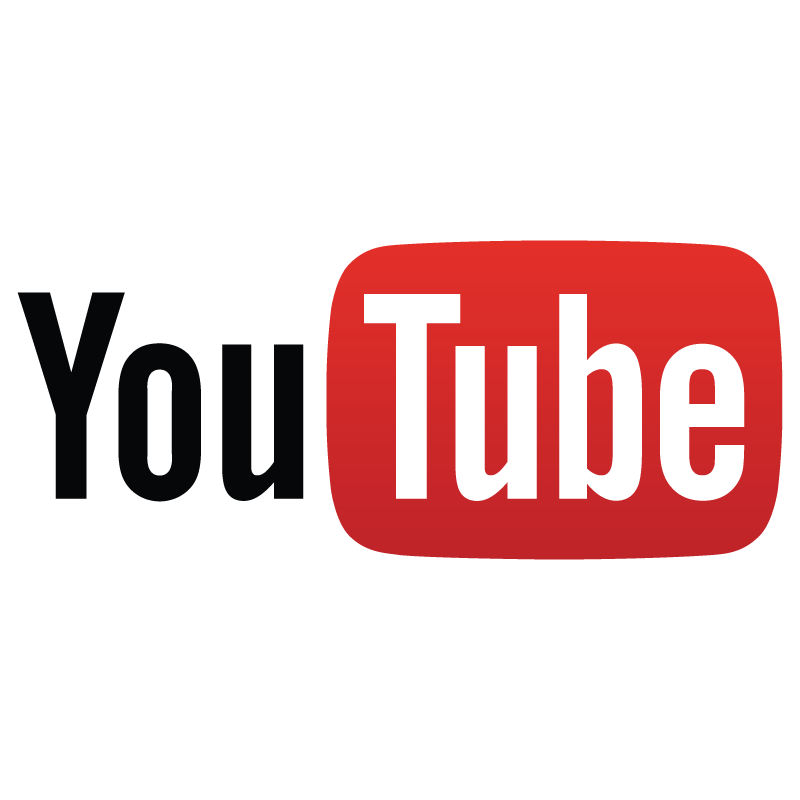If you aren’t using social media video to promote your brand, you are missing out on one of the biggest marketing opportunities at your disposal. It’s an invaluable resource that’s easy to get started with, and most importantly, it can expose your brand to an enormous worldwide audience. When it comes to using video on social media, it’s smart to tailor your videos uniquely to make the most of the strengths and weaknesses of each medium. Here are a few things you should know before you dive in.
Facebook had humble beginnings as a simple site for Harvard students, and has grown into a global media superpower. Facebook has gradually introduced more video into news feeds, but the nature of the news feed means that you have about 5 seconds to reel in a viewer before they scroll down to something else. Videos will now autoplay with the sound off, so you need a striking opening image or a descriptive title that clearly conveys what the video is about. Remember, you have only a couple of seconds to grab someone, as it’s all too easy to keep on scrolling if the video hasn’t caught the viewer’s attention.
First, consider that Facebook videos, by default, play with the sound muted; the user must actively unmute them. Videos with bold titles and subtitles will perform better on Facebook. As with YouTube, you need to select an appropriate custom thumbnail that gives the viewer a clear idea of what the video is about.
The key adjustments to make for your video to appeal to the Facebook audience are to ensure you can still convey your point without sound, use large and easily readable captions (or at least make them available), and, most importantly, keep it brief.
YouTube
YouTube is the biggest video-sharing site on the internet, with an estimated 300 hours of video content being uploaded every minute. Every minute! There are “channels” on YouTube with over 50 million subscribers, and regular viewing audiences that would be the envy of many major TV networks.
To take full advantage of this massive viewer base, you need to know the best ways to maximise your reach. The first thing to understand is that if a viewer isn’t interested in the first few seconds of a video, they won’t bother watching the rest. You need to start with the hook of your video right away. YouTube should be where you house the most comprehensive version of your video, as that’s what people are there for, after all, it’s solely for sharing videos.
This doesn’t just mean the first few seconds of your video; however, it extends to everything from thumbnails, the description beneath the video, metadata, and playlists, all of which must be managed and tailored to fit your business. If the viewer likes the first video they see from you, and you haven’t set up a playlist to AutoPlay another video from you, you have just lost a viewer. If you aren’t using social media video to promote your brand, you are missing out on one of the best. YouTube comes with a handy closed captioning feature that allows you to input your script or transcript, and it will produce an .srt file that can be used elsewhere. It even features an auto-transcribe function that utilises intelligent tools to create a subtitle track automatically. But be sure to read through it first, it isn’t quite perfect just yet.
Instagram began its life as a pure photo-sharing app with vintage filters for smartphones, but it has now evolved into a social media platform in its own right. A few years ago, Instagram expanded into short videos. As with its parent company, Facebook, Instagram videos will Autoplay as the user scrolls down, giving you just a brief second to capture their attention. Instagram originally had a 15-second limit to its video length, but this was recently extended to 60 seconds. However, we recommend staying closer to the original 15-second limit, as shorter videos are usually more effective at keeping viewers engaged, especially since Instagram is highly visually focused. Instagram is a smartphone app, so when creating an Instagram version of your video, ensure that the text is large enough to read on a small screen. Close-ups will work better if you are filming a presenter. You should also lead with the most striking images first to grab attention.
Twitter can play videos natively, but it often relies on links to YouTube or other video hosting services. As with Facebook and Instagram, Twitter will also autoplay videos but remember they will be muted by default. Extensive, easily readable text remains a key factor in capturing attention, as does offering the option to display a video in a vertical orientation, given that the majority of Twitter users access the platform on smartphones. Twitter videos can be up to 140 seconds long, although, as is the case with all social media videos, the more concise the better.
Social Media Customisation
When planning a social media campaign with video, it is worth creating several versions tailored to each platform’s strengths and weaknesses, and being aware of their limitations. You’ll need to take this into account when you’re planning the video. Each has its demographics, so that the content might be tweaked slightly for each different video.
If you are looking to enhance your video skills for social media, get in touch with us today.




